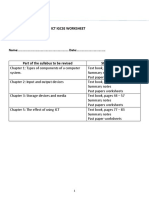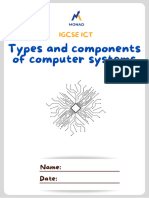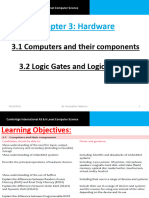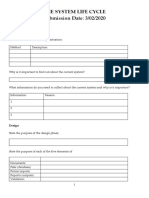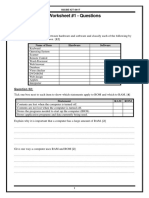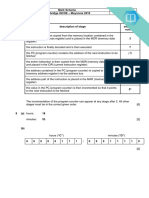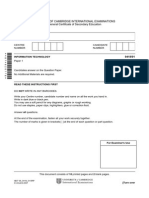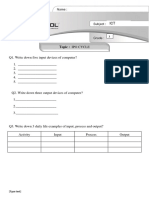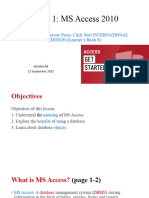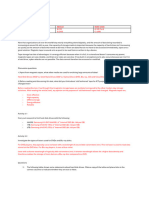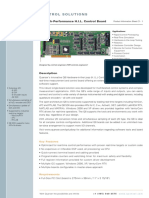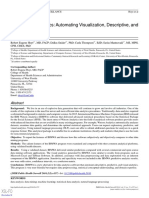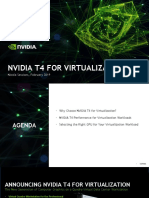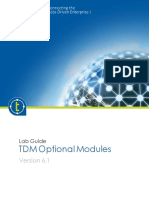0% found this document useful (0 votes)
625 views7 pagesChapter 2 - Input & Output Devices
The document discusses input and output devices in the context of an ICT IGCSE revision presentation. It provides examples of different input devices like keyboards, mice, touchscreens, RFID readers, and describes how they are used to input various types of data into a computer system. It also discusses how MICR readers work to input information from checks and why different user interfaces require different input devices, with mice and touchscreens being appropriate for graphical user interfaces.
Uploaded by
Menna EissaCopyright
© © All Rights Reserved
We take content rights seriously. If you suspect this is your content, claim it here.
Available Formats
Download as PPTX, PDF, TXT or read online on Scribd
0% found this document useful (0 votes)
625 views7 pagesChapter 2 - Input & Output Devices
The document discusses input and output devices in the context of an ICT IGCSE revision presentation. It provides examples of different input devices like keyboards, mice, touchscreens, RFID readers, and describes how they are used to input various types of data into a computer system. It also discusses how MICR readers work to input information from checks and why different user interfaces require different input devices, with mice and touchscreens being appropriate for graphical user interfaces.
Uploaded by
Menna EissaCopyright
© © All Rights Reserved
We take content rights seriously. If you suspect this is your content, claim it here.
Available Formats
Download as PPTX, PDF, TXT or read online on Scribd
/ 7




